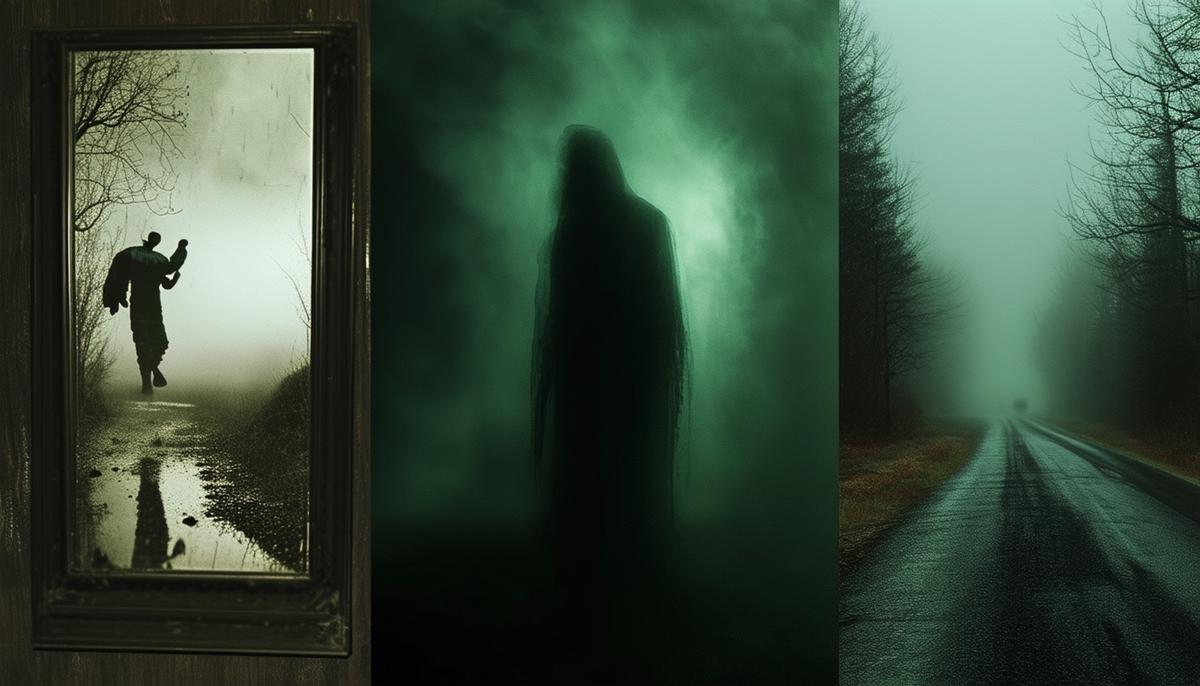Urban Legends: Scary Stories with a Hint of Truth
Picture this: You're sitting around a campfire with friends. The flames flicker, casting shadows on faces. Someone leans in and whispers about a girl who vanished after seeing a ghost in the mirror. Chills run down your spine.
Urban legends thrive on these shared moments. They captivate us with their eerie atmosphere and a hint of truth buried in fiction. Every culture has its own stories—tales that often start with a grain of truth before becoming more twisted.
These legends aren't just stories; they're warnings. Parents tell scary tales of monsters in the dark to keep kids from wandering at night. They tap into our basic fears—fear of the unknown, the dark, and what might be out there.
Urban legends are like modern moral lessons. They teach us to be careful through fear. Don't wander off the path, or a spirit might get you. Remember the tale of the babysitter who ignored the children's cries, only to find the calls were coming from inside the house? It's a chilling reminder to always pay attention.
What makes these stories special is how they stick in our minds. They're whispered and retold, getting more detailed each time. Sometimes, they even turn out to be true. Reality can be stranger and scarier than fiction, can't it?
So, get ready as we explore 13 spine-chilling urban legends that have roots in reality. But don't worry, we're keeping the ghosts away for now—at least until the next campfire dims.
The Legend of the Vanishing Hitchhiker
Imagine driving down a lonely highway late at night. The road ahead disappears into darkness. Up ahead, you see a figure standing by the road with their thumb out. You slow down and see it's a young woman, soaked from head to toe. Her eyes beg for help, and you can't say no.
As she climbs into your car, wearing an old-fashioned dress, she gives you an address but says little else. She might whisper a soft "thank you," or stay silent. Then, just when you think you might understand this mystery, she vanishes. One moment she's there, the next—an empty seat.
Your curiosity leads you to the address she mentioned. There, you hear a story:
"She was my daughter," an old woman might say, eyes filled with sadness. "She died years ago, on this very road."
As you listen, you feel a chill—this sounds just like the stories you've heard before.
These vanishing hitchhiker tales aren't just from one place. They're told all over the world, each with its own local details. The basic story is always the same—a kind act, a mysterious passenger, and a sudden disappearance.
Why do we love this legend so much? Maybe it's because it makes us question what we know about the world. Or perhaps it reminds us that being kind can connect us to something beyond our understanding.
So next time you're driving alone on a misty road and see a hitchhiker in the shadows, remember this tale. Not all passengers are going where you think they are. Just be sure to check your mirror… if you dare.
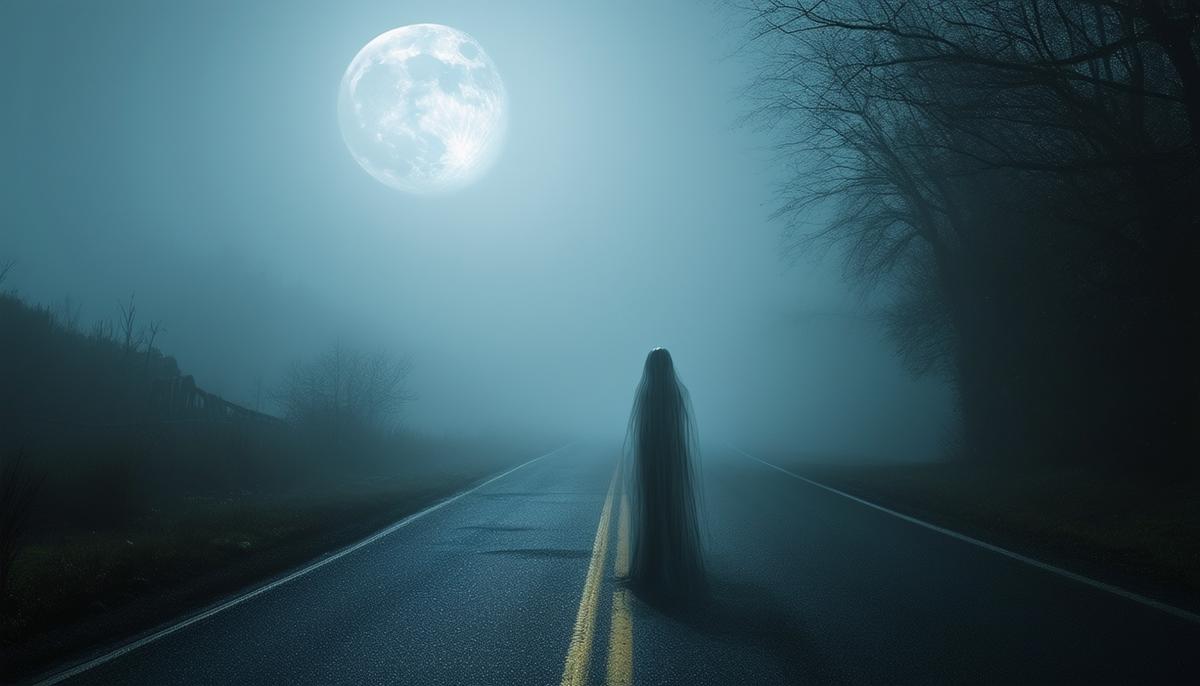
The Halloween Poison Candy Myth
As Halloween approaches, a chilling tale resurfaces: the Halloween Poison Candy Myth. This story has scared American neighborhoods for decades. Parents worry about the safety of trick-or-treating, armed with tips and a lot of worry.
The legend tells of Halloween candy laced with poison or hidden razor blades, given to kids by evil strangers. It's a warning passed from parent to parent, carried on the cool October breeze. This myth has caused many nightmares, fueled by the thought that a fun childhood tradition could turn dangerous.
While mostly fiction, one real event often comes up: the story of Ronald Clark O'Bryan, nicknamed "The Candy Man." In 1974, he poisoned his own son's Halloween candy with cyanide to get insurance money. This awful case made people even more scared and suspicious.
But experts say cases of tampered Halloween candy are very rare. Police and health professionals often tell people not to worry so much. Still, the fear lives on. Why? Maybe it represents deeper fears—of losing control, of dangers hidden in familiar things, or of bad people nearby.
This Halloween, as costumed kids walk your streets with glowing pumpkins and bags of candy, remember the legend. While it's important to be safe, it's also good to question the myths that scare us. Enjoy the spooky fun of the season without letting unnecessary fears take over.
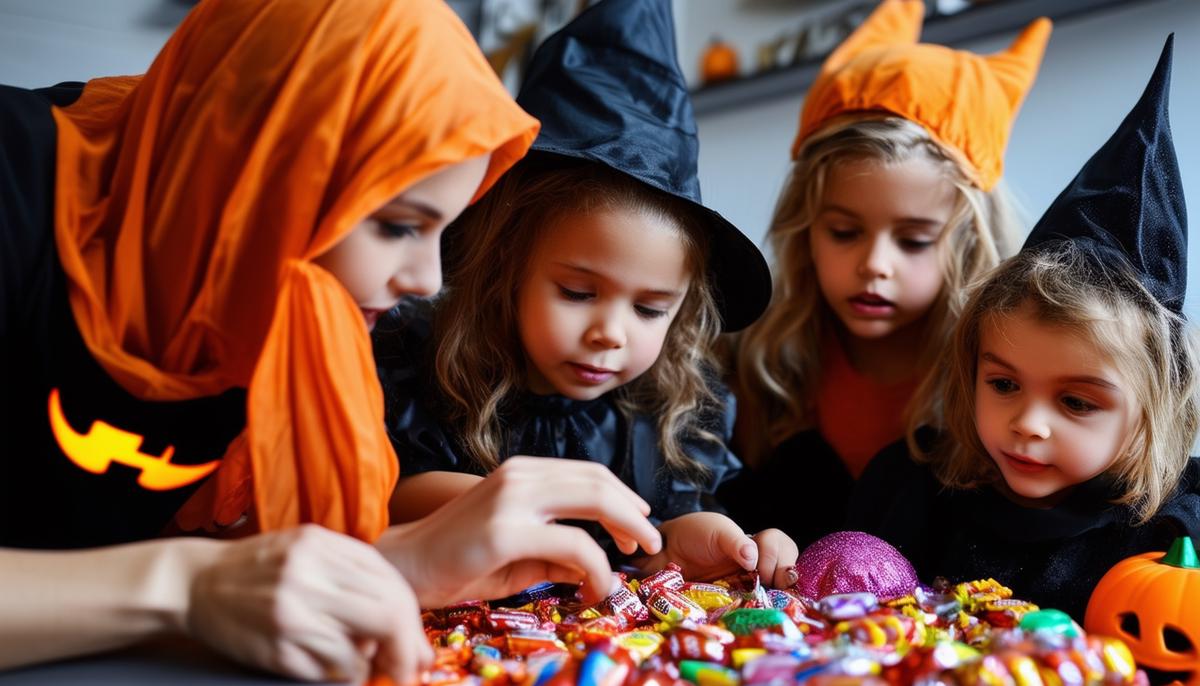
The Killer in the Backseat
Let's explore the spine-tingling tale of The Killer in the Backseat. It's a story that reminds us to always be aware of our surroundings.
Picture this: You're driving home late at night on an empty road. The hum of the tires makes you feel safe. You glance in your rearview mirror and see something move where there should be nothing.
The story goes that a driver stops for gas, and the clerk acts strange, trying to warn them of danger. The confused driver leaves quickly. Later, they discover the terrifying truth: a killer was hiding in the backseat, ready to attack.
While this might sound like just a scary story, some parts are based on real events. There have been cases where criminals hid in people's cars. Maybe that's why this legend sticks with us—it reminds us that danger can be closer than we think.
Why does this tale scare us so much? Is it the fear of someone invading our safe space? Or is it a reminder to trust our gut feelings when something seems off?
As you think about the killer in the backseat, remember it's more than just a spooky story. It's a reminder to trust your instincts and stay alert.
So, next time you get in your car, take a moment to look around—not just for other cars, but for anything that seems out of place. After all, being careful is always a good idea, even if most of our fears are just in our minds.
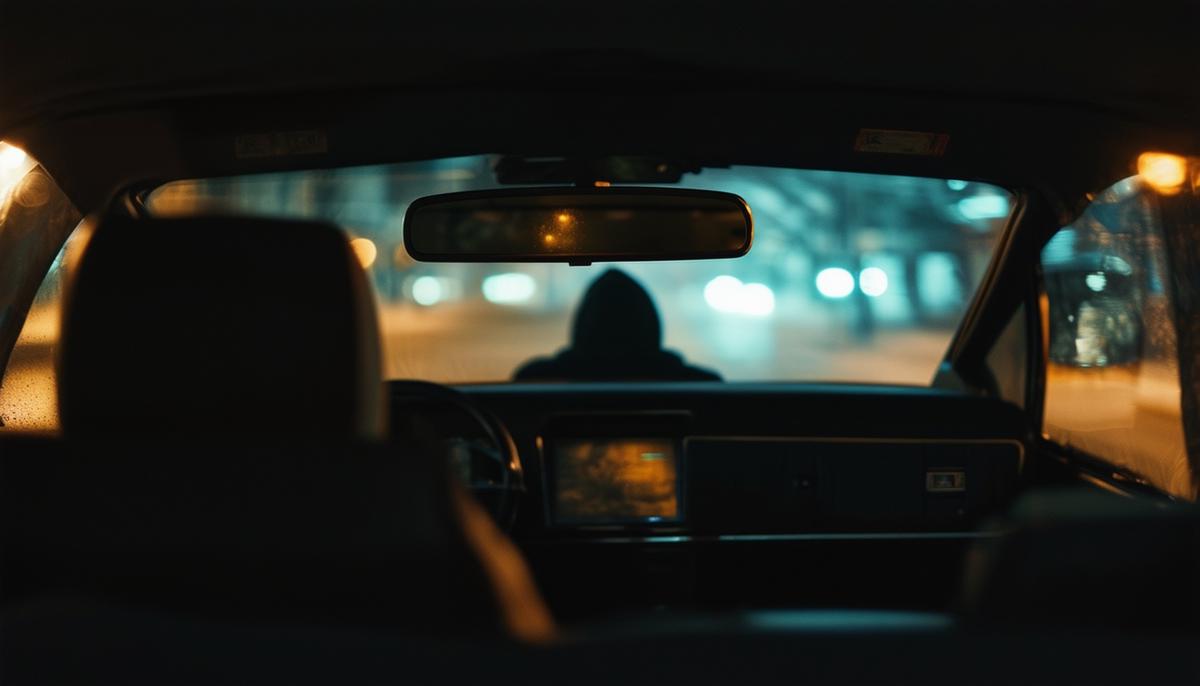
The Choking Doberman
Let's unravel the strange story of The Choking Doberman. This legend shows how truth can be stranger than fiction—and sometimes, even more gruesome.
Imagine coming home to find your Doberman choking and coughing. Worried, you rush him to the vet. The vet examines your dog and pulls out something shocking: two human fingers!
As the story goes, while you were away, a burglar tried to rob your home. Your brave dog fought back and bit off more than the thief expected. It's a weird twist of fate where your pet becomes both a hero and a clue-finder.
While this specific story might seem far-fetched, there are real cases where animals have helped uncover crimes in surprising ways. Dogs have sniffed out hidden evidence, and cats have found illegal substances.
This legend sticks with us because it makes us wonder what might be happening right under our noses. It reminds us that sometimes we don't see the whole picture of what's going on around us.
What does this tale teach us? Maybe it shows that heroes can come from unexpected places—even our pets. It also reminds us that our furry friends can be more aware of dangers than we are.
Next time you're with your pet, give them an extra pat. You never know when their instincts might save the day in ways you'd never expect.

The Babysitter and the Man Upstairs
Gather close to our campfire as we explore a chilling urban legend: The Babysitter and the Man Upstairs. This tale shows how ordinary situations can quickly become terrifyingly extraordinary.
Picture a quiet evening in a suburban house. A young babysitter is watching sleeping children while the parents are out. The house is calm, and the sitter relaxes on the couch to watch TV. Suddenly, the phone rings.
At first, it seems like a harmless prank. A voice asks,
"Have you checked on the children?"
The babysitter ignores it, thinking it's just someone trying to scare her.
But the calls keep coming, growing more and more menacing. The sitter finally calls the police, who say they'll trace the next call. When the phone rings again, she answers, hearing the same question—then silence.
The police call back urgently:
"The calls are coming from inside the house."
The babysitter realizes with horror that the danger is right there with her.
This legend taps into our fears of being vulnerable and not being alone when we think we are. It reminds us to trust our instincts and be careful, even in places we feel safe.
So, whether you're babysitting or home alone, remember this tale. Stay alert and trust your gut feelings. A mix of caution and confidence might just keep you safe from the shadows that sometimes seem to surround us.
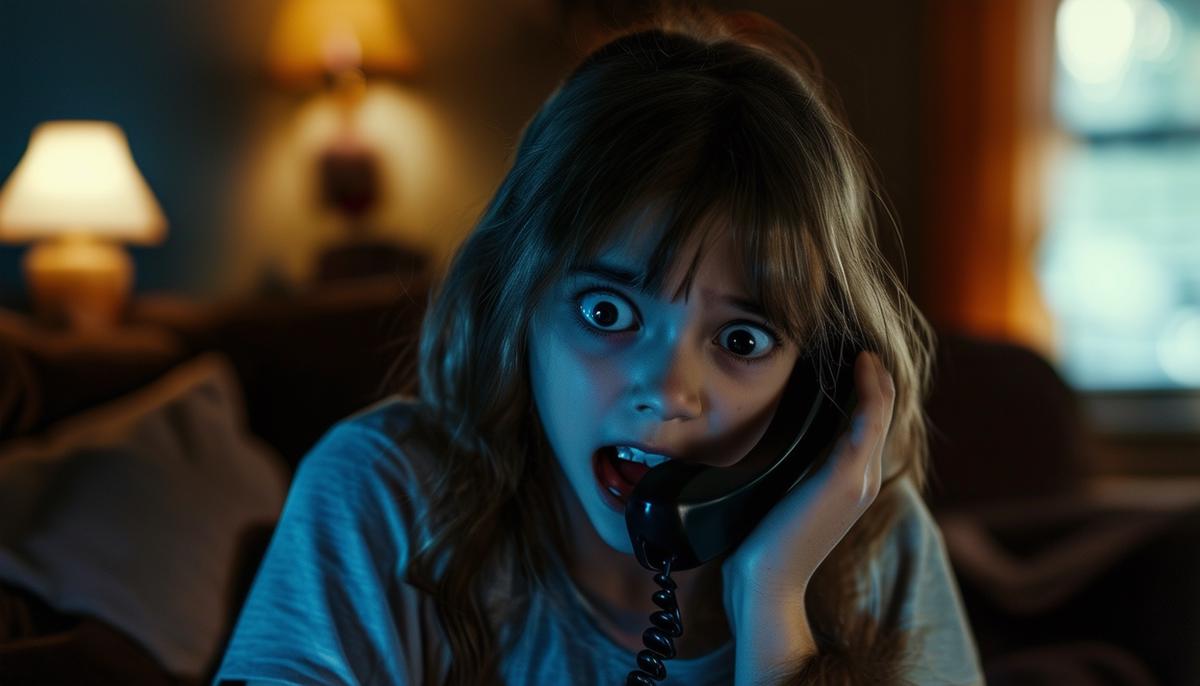
Why Urban Legends Captivate Us
As our campfire stories end, let's think about why urban legends grab our attention so much. These tales stick in our minds, playing with our deepest fears. They work because they mix emotion and believability in just the right way.
Urban legends tap into our basic fears: the dark, the unknown, and strange noises at night. They make us face our worries, giving us a way to explore what scares us in a safe setting.
These stories often happen in places we know well—our homes, cars, and neighborhoods. This makes them feel more real and personal. We might think, "What if that happened to me?"
Urban legends also teach us lessons, like old-fashioned moral stories. They warn us about danger and remind us to:
- Lock our doors
- Pay attention to our surroundings
- Listen to that little voice in our heads
Lastly, these legends mix truth and fiction. Many start with a real event that gets bigger and scarier as people retell it. This mix of real and made-up parts makes the stories seem more possible.
As we put out our campfire, remember: urban legends thrive on our shared fears and interests. They remind us to live carefully but curiously, always aware of the balance between light and dark, known and unknown.

